The Evolution of Advanced Textiles: Navigating Industry Trends for Optimal Performance
In the rapidly evolving textile industry, the demand for high-performance fabrics that offer superior protection and durability is escalating across various sectors. Driven by stringent safety regulations, the need for enhanced worker comfort, and environmental considerations, the market is increasingly gravitating towards functional textiles. This trend highlights the critical role of specialized fabrics like C/T Herringbone Twill Three Proofing Dyed Fabric, which are engineered to meet the multifaceted challenges of industrial and outdoor environments. The emphasis is no longer just on basic utility but on integrated solutions that combine aesthetic appeal with advanced protective properties. Innovations in dyeing techniques and finishing processes are enabling textiles to achieve previously unattainable levels of resistance against common workplace hazards, ensuring longevity and reducing replacement cycles.
The global market for protective fabrics is projected to grow significantly, fueled by expansion in manufacturing, healthcare, and defense sectors. A recent report by Grand View Research indicates the global workwear market size was valued at USD 24.3 billion in 2022 and is expected to expand at a compound annual growth rate (CAGR) of 6.2% from 2023 to 2030, with a substantial portion of this growth attributed to specialized, high-performance textiles. This trajectory underscores a shift towards premium, multi-functional fabrics that deliver tangible benefits beyond conventional materials. Consequently, manufacturers are investing heavily in R&D to develop fabrics that offer superior resistance to water, oil, and stains, while also maintaining breathability and comfort. The development of advanced finishing agents and eco-friendly dyeing methods is also a key trend, addressing both performance and sustainability demands from the market.
Technical Specifications of C/T Herringbone Twill Three Proofing Dyed Fabric
Understanding the precise technical parameters of advanced textiles is crucial for B2B decision-makers. C/T Herringbone Twill Three Proofing Dyed Fabric is meticulously engineered from a blend of cotton (C) and polyester (T), leveraging the best properties of both fibers. Cotton provides natural breathability and comfort, while polyester contributes to durability, wrinkle resistance, and color retention. The herringbone twill weave offers a distinctive V-shaped pattern, enhancing tear strength and giving the fabric a robust yet aesthetically pleasing texture, suitable for demanding applications. The "Three Proofing" finish signifies its inherent resistance to water, oil, and common stains, a critical feature for workwear and outdoor gear.
| Parameter | Specification for C/T Herringbone Twill Three Proofing Dyed Fabric |
|---|---|
| Composition | Customizable (e.g., 60% Cotton / 40% Polyester; 80% Cotton / 20% Polyester) |
| Weight (GSM) | Typically 180-320 GSM (grams per square meter) |
| Width | 57/58 inches (approx. 145-147 cm) |
| Weave Type | Herringbone Twill |
| Dyeing Process | Reactive or Vat Dyeing (for superior colorfastness) |
| Proofing Finish | Water Repellent (Hydrophobic), Oil Repellent (Oleophobic), Stain Release |
| Water Repellency (AATCC 22) | ≥ 80-90 (after 20-30 washes) |
| Oil Repellency (AATCC 118) | ≥ 4-5 (on a scale of 1-8) |
| Stain Release (AATCC 130) | Excellent (removes 80-90% of stains after washing) |
| Tensile Strength (ASTM D5034) | Warp: ≥ 1000 N, Weft: ≥ 800 N (depending on composition) |
| Tear Strength (ASTM D1424) | Warp: ≥ 40 N, Weft: ≥ 35 N |
| Colorfastness to Washing (AATCC 61) | Grade 4-5 (minimal color change) |
| Pilling Resistance (ASTM D4970) | Grade 4-5 (excellent resistance) |
These specifications underline the fabric's robust construction and advanced finishing, making C/T Herringbone Twill Three Proofing Dyed Fabric an ideal choice for uniforms, workwear, and protective garments that require both durability and advanced protective features. Its balanced composition ensures comfort for the wearer, while the technical finishes provide essential barriers against common industrial contaminants. The weave structure inherently enhances dimensional stability, contributing to a longer service life compared to plain weave fabrics under similar stress conditions.
The Advanced Manufacturing Process of Three Proofing Fabrics
The production of C/T Herringbone Twill Three Proofing Dyed Fabric involves a sophisticated multi-stage manufacturing process, ensuring precise control over material integrity and functional performance. Unlike the common processes for metal components, textile manufacturing focuses on fiber blending, weaving, dyeing, and specialized finishing applications. The inherent strength and distinct texture of the herringbone twill are achieved through specific loom settings and warp/weft interlacing patterns.
The typical process flow includes:
- 1. Yarn Preparation: High-quality cotton and polyester staple fibers are carefully selected and spun into yarns, with specific blends achieved to meet desired fabric characteristics. Yarns are then wound onto bobbins for weaving.
- 2. Weaving (Herringbone Twill): The blended yarns are fed into advanced looms to create the distinctive herringbone twill pattern. This complex weave structure, characterized by its broken zig-zag effect, significantly enhances the fabric's durability, drape, and resistance to tearing.
- 3. Pre-treatment: Raw fabric (greige fabric) undergoes desizing, scouring, and bleaching to remove impurities, waxes, and natural color, preparing it for uniform dye absorption and optimal finish application.
- 4. Dyeing: The fabric is dyed using high-quality reactive or vat dyes. Reactive dyes form a covalent bond with cellulose fibers (cotton), ensuring excellent colorfastness, while disperse dyes are used for polyester components. Precise temperature and chemical control are critical for consistent color penetration.
- 5. Three Proofing Finishing: This is a critical stage where specialized fluorocarbon or fluorine-free repellent agents are applied. The fabric passes through a padding mangle to ensure uniform impregnation of the chemicals, followed by drying and curing at high temperatures. This process covalently bonds the repellent agents to the fabric fibers, creating a durable barrier against water, oil, and stains.
- 6. Post-Finishing & Inspection: The finished fabric undergoes quality control checks, including tests for water repellency (AATCC 22 Spray Test), oil repellency (AATCC 118 Hydrocarbon Resistance Test), stain release (AATCC 130), tensile strength, tear strength, and colorfastness. Certified fabrics meet or exceed international standards like ISO 12947 (Abrasion Resistance) and ASTM D5034 (Tensile Strength).
The service life of C/T Herringbone Twill Three Proofing Dyed Fabric is significantly extended due to its inherent durability and the protective finishing. In typical industrial workwear applications, it can withstand numerous industrial washes (e.g., 50+ cycles) while retaining its protective properties, far surpassing the longevity of untreated fabrics. This leads to reduced replacement costs and improved sustainability for end-users. Industries benefiting from this fabric include general manufacturing, automotive, logistics, and maintenance, where exposure to liquids and grime is common. Its robust nature makes it ideal for environments where high abrasion resistance and consistent protection are paramount, such as in engineering workshops or chemical handling facilities, improving worker safety and maintaining professional appearance.
Application Scenarios and Technical Advantages
The versatility and robust performance of C/T Herringbone Twill Three Proofing Dyed Fabric make it indispensable across a wide array of application scenarios, particularly where durability, protection, and professional appearance are paramount. This fabric excels in environments that demand more than just basic uniform materials, moving into specialized protective wear. Key application areas include:
- • Industrial Workwear: For sectors such as automotive manufacturing, heavy machinery operations, and maintenance services, where workers frequently encounter oil, grease, and water. The fabric ensures garments remain clean and comfortable, reducing the need for frequent washing and extending garment life.
- • Outdoor and Adventure Apparel: Ideal for hiking gear, fishing vests, and casual outdoor jackets, where protection against unexpected rain showers and splashes is necessary. Its breathability, combined with water repellency, ensures comfort during prolonged outdoor activities.
- • Service and Hospitality Uniforms: In kitchens, cleaning services, or hotel maintenance, where spills of food, beverages, and cleaning agents are common. The stain-release property ensures uniforms remain pristine, projecting a professional image.
- • Military and Tactical Gear: For non-combat uniforms and utility wear, where durability, resistance to elements, and low maintenance are crucial. The herringbone twill weave adds an extra layer of ruggedness.
The technical advantages of this fabric are multifaceted. Firstly, the "Three Proofing" capability significantly reduces absorption of liquids, leading to lighter garment weight even when wet, and preventing deep-set stains that are difficult to remove. This translates to lower laundry costs and improved hygiene. Secondly, its excellent abrasion and tear resistance, inherent in the herringbone twill weave, make it highly durable, reducing the frequency of garment replacement and providing a superior return on investment for businesses. According to industry analysis, extending the life of workwear by just 20% can lead to significant cost savings in procurement and maintenance. Finally, the blend of cotton for comfort and polyester for resilience ensures a balanced performance that satisfies both the wearer's need for comfort and the employer's need for functional protection, a critical balance often missing in single-fiber fabrics.
Customization Solutions and Manufacturer Selection
Selecting the right manufacturer for specialized fabrics like C/T Herringbone Twill Three Proofing Dyed Fabric is pivotal for ensuring quality, consistency, and compliance. While many textile suppliers exist, a discerning approach focuses on those with proven expertise in functional finishes and consistent quality control. Key differentiators include:
- • Certifications: Look for manufacturers with internationally recognized certifications such as OEKO-TEX Standard 100 (ensuring no harmful substances), ISO 9001 (Quality Management Systems), and ISO 14001 (Environmental Management Systems).
- • Experience and R&D: A reputable manufacturer will have a long track record in functional textiles and demonstrate ongoing investment in research and development to improve fabric performance and develop sustainable solutions.
- • Customization Capabilities: The ability to customize fabric composition (e.g., C/T ratios), weight, color (Pantone matching), and specific finishes (e.g., enhanced oil repellency, static control) is crucial for meeting unique client requirements.
- • Supply Chain Transparency: Understanding the source of raw materials and the production process provides assurance of ethical sourcing and consistent quality.
We offer comprehensive customization solutions for C/T Herringbone Twill Three Proofing Dyed Fabric, tailored to specific industrial needs. This includes adjusting the blend ratios of cotton and polyester to achieve desired levels of comfort, durability, and breathability. For instance, a higher cotton content might be preferred for warmer climates or applications requiring more natural feel, while increased polyester enhances abrasion resistance and crease recovery. We also provide a vast array of color options, ensuring brand consistency across uniforms and workwear. Furthermore, we can integrate additional functional finishes, such as anti-static properties for electronics manufacturing or enhanced UV protection for outdoor exposure, based on client specifications. Our dedicated technical team works closely with clients to develop precise fabric solutions that align with their operational demands and regulatory compliance, ensuring optimal performance and cost-effectiveness. This bespoke approach ensures that businesses receive not just a fabric, but a purpose-built solution that integrates seamlessly into their operational ecosystem.
Experience and Trust: Case Studies & Customer Commitment
Our commitment to delivering high-quality C/T Herringbone Twill Three Proofing Dyed Fabric is underpinned by extensive experience and a steadfast dedication to customer satisfaction. Over our service years, we have partnered with numerous B2B clients, providing fabrics that consistently exceed performance expectations. One notable case involved a large-scale automotive manufacturing plant in Europe, which sought a durable, easy-to-maintain fabric for their technicians' uniforms. They previously faced issues with oil stains and frequent fabric degradation. By implementing uniforms made from our custom-blended C/T Herringbone Twill fabric, they reported a 30% reduction in garment replacement over two years and significantly improved feedback from employees regarding comfort and cleanliness. The fabric's inherent stain release properties proved crucial, enabling easier laundering and extending the lifespan of the garments, leading to substantial operational savings for the client.
Another success story involved an international logistics company requiring uniforms that could withstand diverse weather conditions and frequent spills during cargo handling. Our customized C/T Herringbone Twill Three Proofing Dyed Fabric provided the necessary water and oil repellency, keeping their personnel dry and their uniforms pristine, even in challenging environments. The uniform lifecycle increased by 25%, directly contributing to a reduction in their overall uniform budget. These cases exemplify our capability to deliver reliable and effective textile solutions that address specific industry challenges. Our long-term partnerships are built on a foundation of trust, transparent communication, and consistent product excellence. We pride ourselves on post-sales support, offering technical guidance and addressing any concerns promptly to ensure maximum client satisfaction and product longevity.
Frequently Asked Questions (FAQ)
Q1: What does "Three Proofing" refer to in C/T Herringbone Twill Three Proofing Dyed Fabric?
A1: "Three Proofing" signifies that the fabric has undergone a specialized finishing process to become resistant to three common elements: water (hydrophobic), oil (oleophobic), and stains. This means liquids bead up and roll off the surface, and most common stains can be easily wiped away or laundered without setting into the fibers. This significantly extends the fabric's usability and aesthetic appeal in demanding environments.
Q2: How does the Herringbone Twill weave benefit the fabric?
A2: The herringbone twill weave is a variation of the standard twill weave, creating a distinctive V-shaped pattern. This construction enhances the fabric's durability, tear strength, and resistance to snagging. It also contributes to a more robust drape and a richer texture, making the fabric suitable for heavy-duty applications while maintaining a professional appearance. It also helps in masking minor imperfections and gives the fabric a unique visual depth.
Q3: What is the typical lead time for custom orders of this fabric?
A3: The delivery cycle for custom orders of C/T Herringbone Twill Three Proofing Dyed Fabric typically ranges from 4 to 6 weeks, depending on the order volume, specific customization requirements (e.g., unique color matching, additional finishes), and current production schedules. We strive for efficient communication throughout the process, providing regular updates from order confirmation to final shipment. For large-volume or highly specialized orders, a more precise timeline will be provided upon consultation.
Q4: What are the quality assurance and warranty policies for your fabrics?
A4: Our fabrics undergo rigorous quality control at every stage of production, from yarn sourcing to final finishing, adhering to international standards such as ISO 9001 and specific textile testing protocols (e.g., AATCC, ASTM). We provide a standard warranty covering manufacturing defects and ensuring that the fabric meets the agreed-upon technical specifications for a defined period or number of washes, typically up to 30-50 industrial washes for its primary protective features. Our customer support team is readily available to address any post-delivery queries or concerns, ensuring long-term satisfaction with our products and services.
Authoritative References
- Grand View Research. (2023). Workwear Market Size, Share & Trends Analysis Report By Product, By Application (Manufacturing, Construction, Oil & Gas, Healthcare), By Region, And Segment Forecasts, 2023 - 2030.
- AATCC Technical Manual. (Current Edition). Standard Test Methods for Textile Properties. American Association of Textile Chemists and Colorists.
- ASTM International Standards. (Current Edition). Textile Standards. ASTM Committee D13 on Textiles.
- European Agency for Safety and Health at Work (EU-OSHA). (2020). Work-related ill-health statistics.
- Oeko-Tex Association. (Current Edition). OEKO-TEX Standard 100 Certification Criteria.
Post time: Aug . 14, 2025 06:40

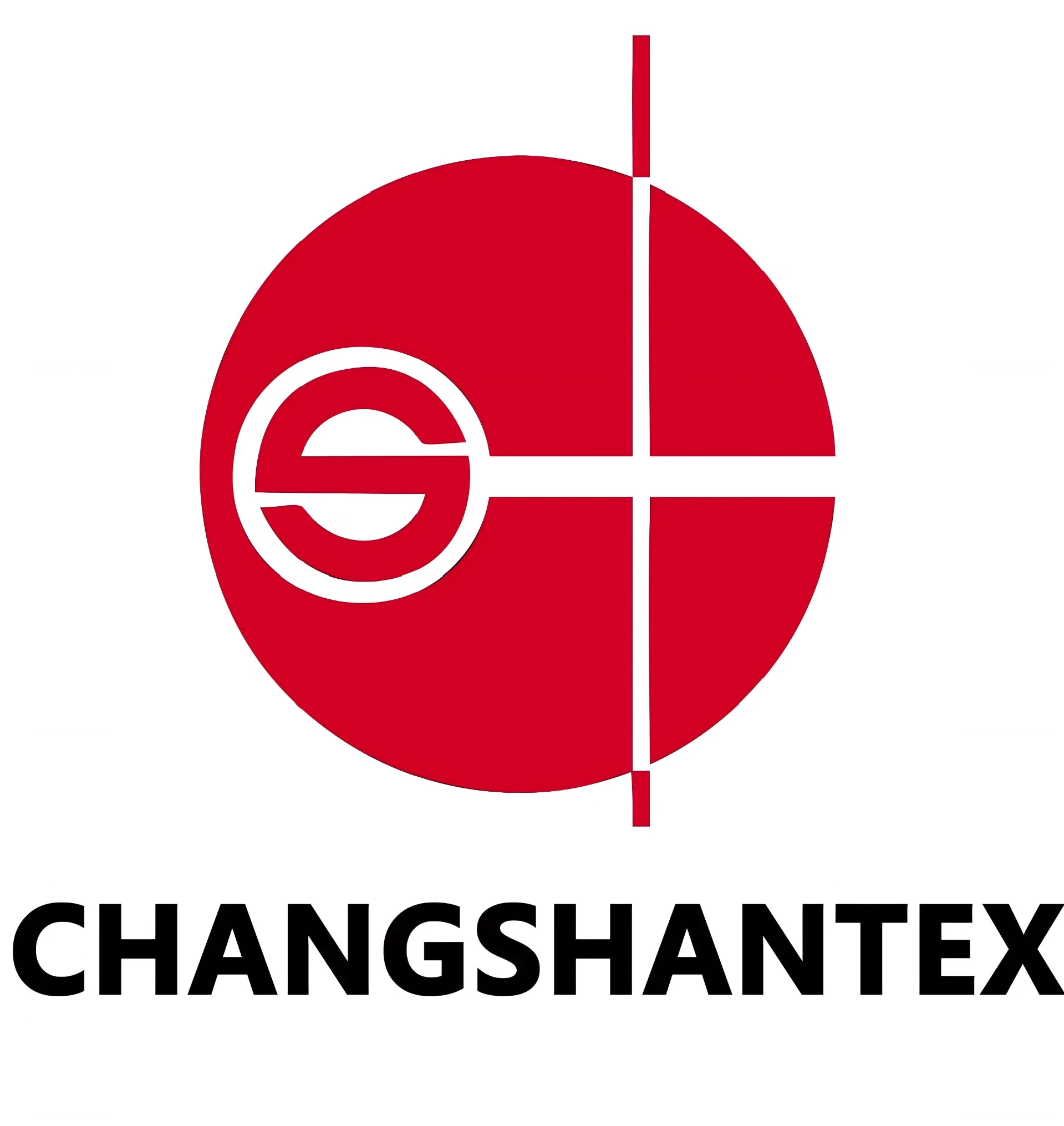
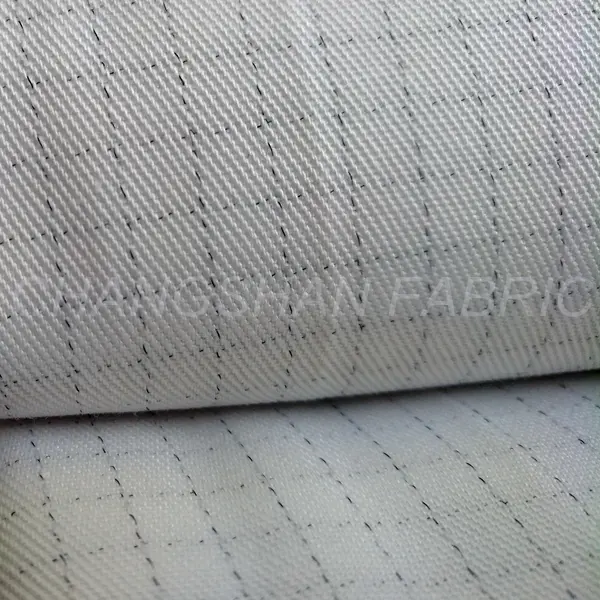

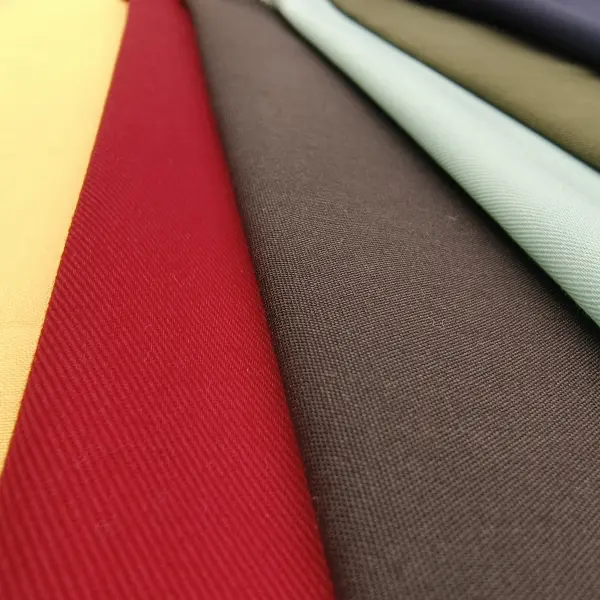
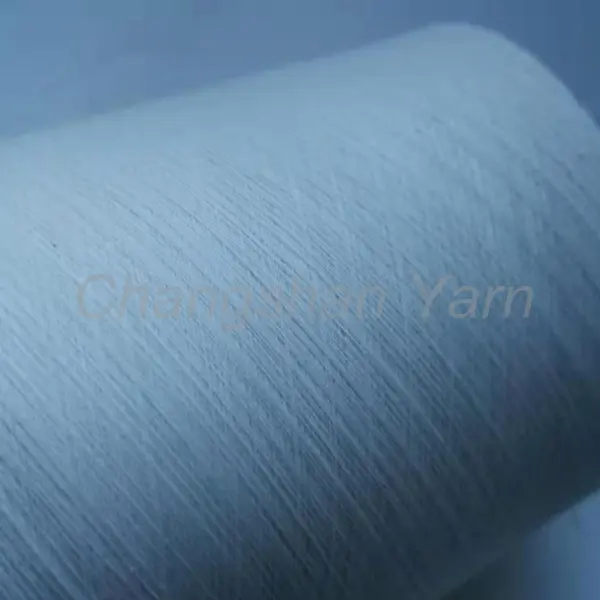
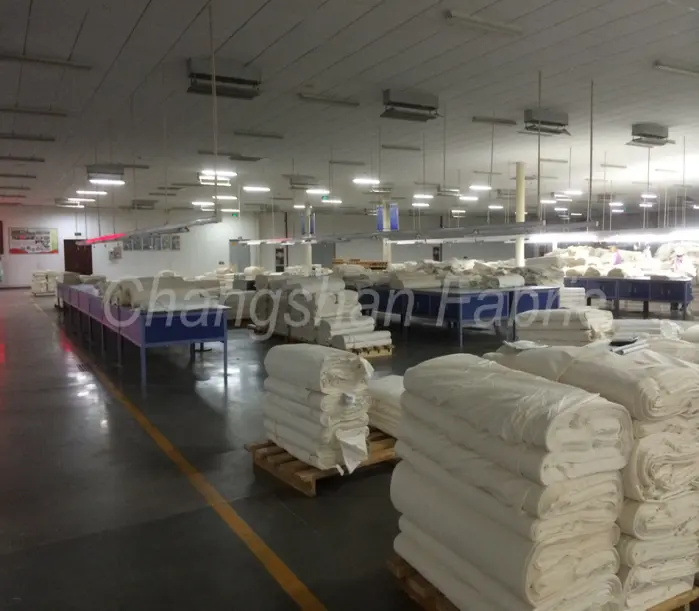
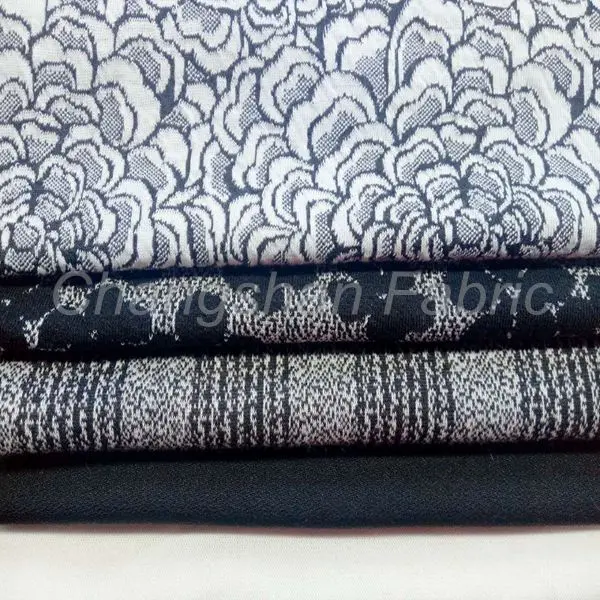
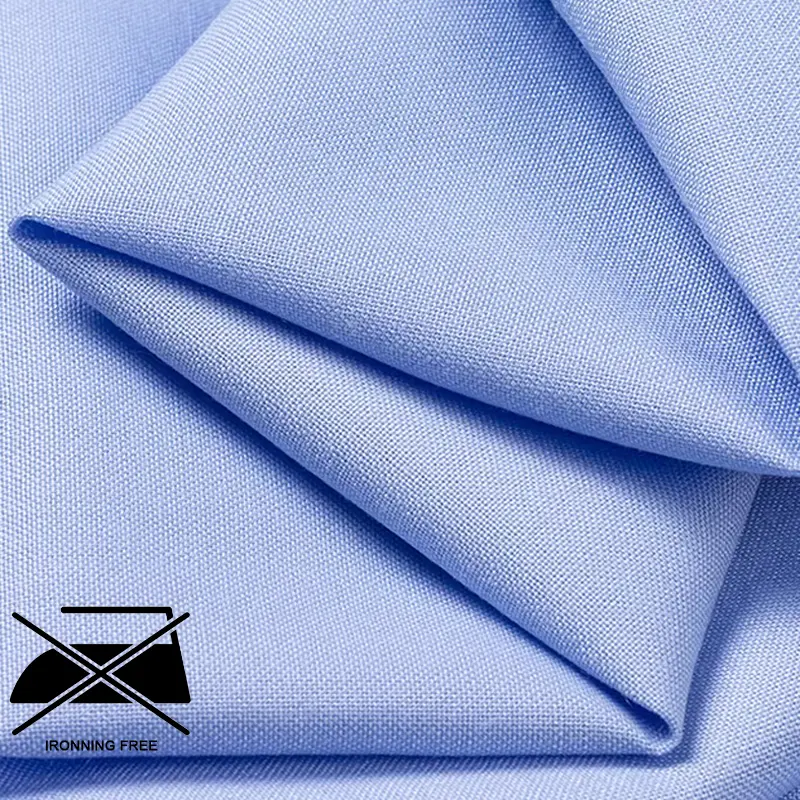

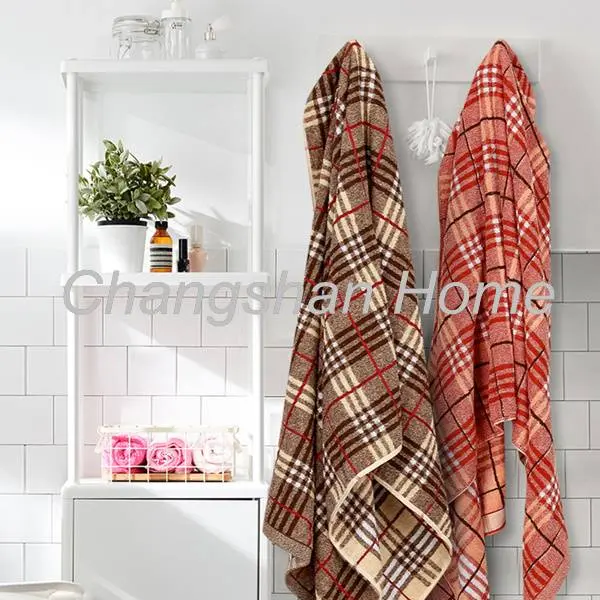
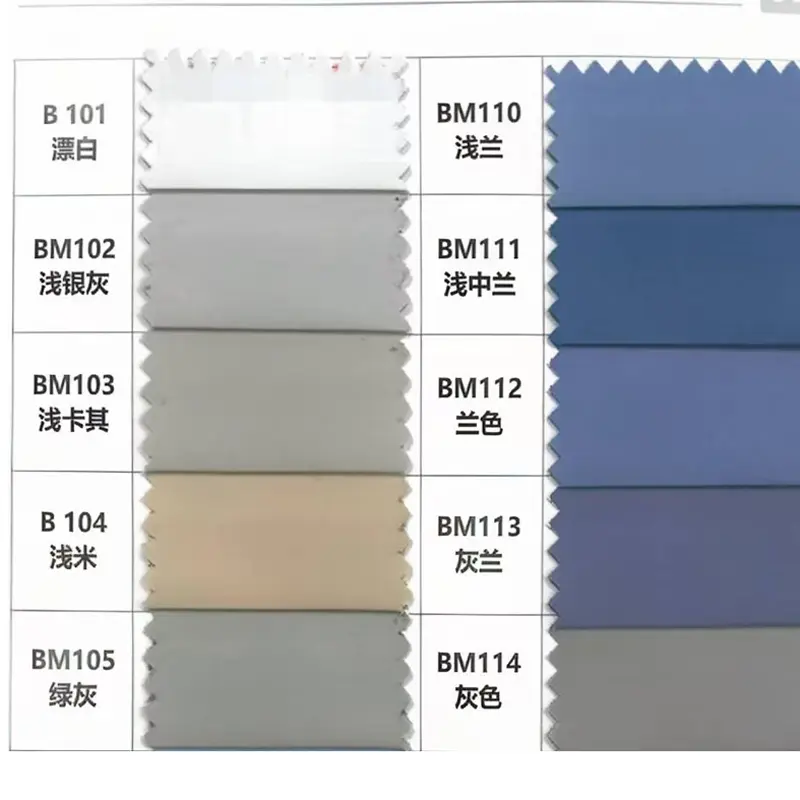
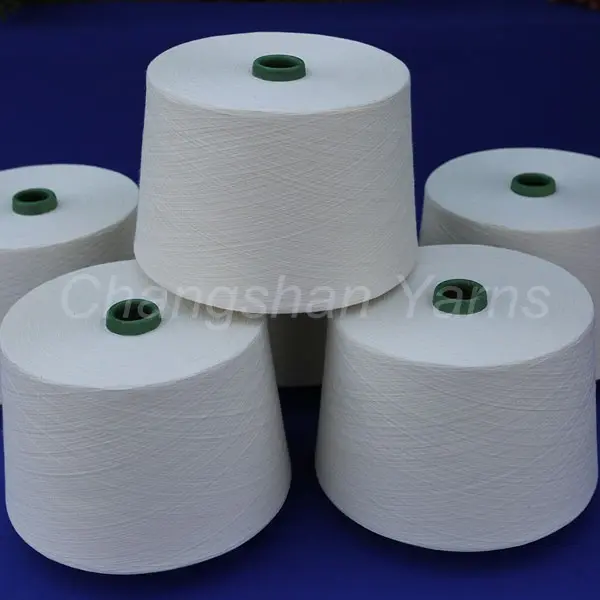
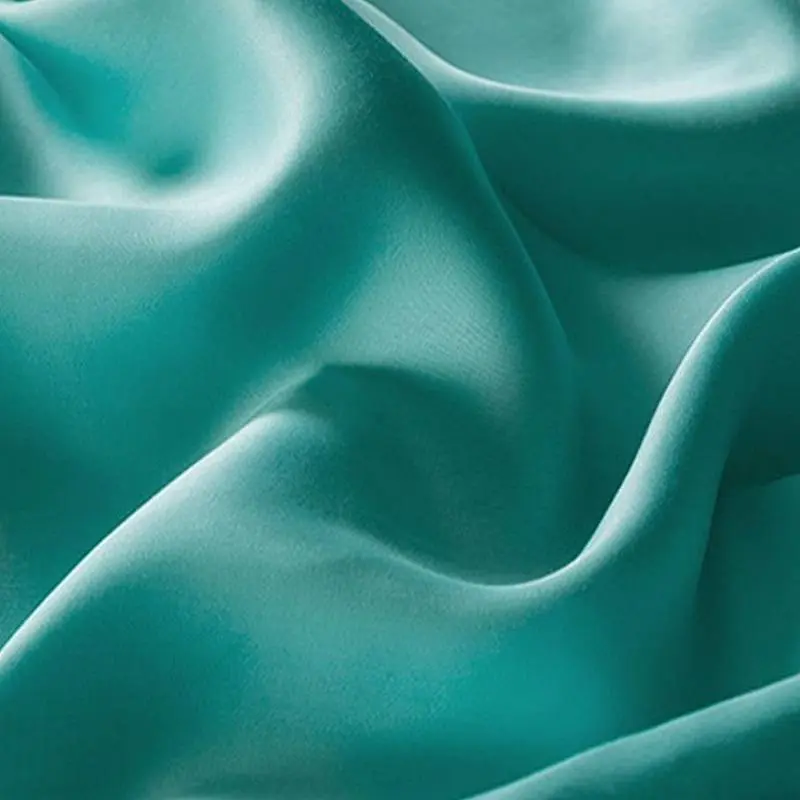
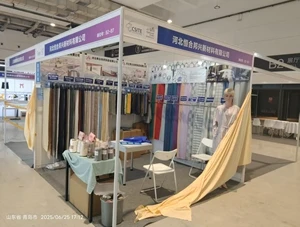
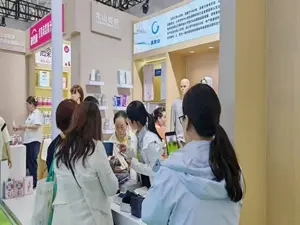
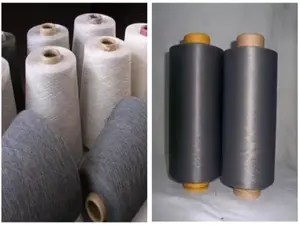


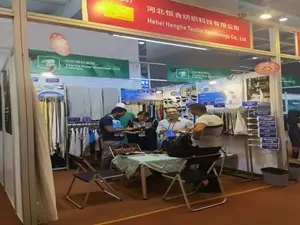
 Skin-friendly
Skin-friendly Versatile
Versatile Durable
Durable Assured
Assured
